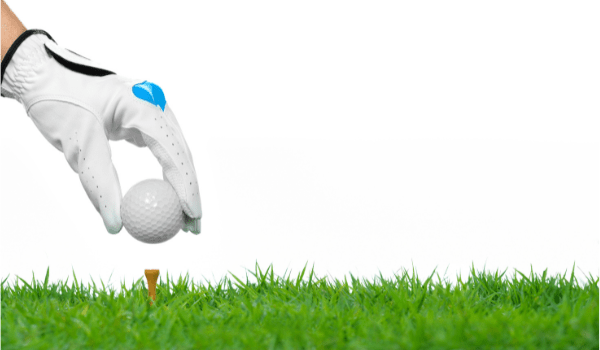Popular Golf Tournament Formats You Can Participate In, Part II Our last blog post discussed…

Some Golf Swing Tips To Improve Your Game
Hitting a golf ball with a club might seem simple, but if you’ve ever tried it, you know it’s more complicated than it looks. Improving your golf swings will take a lot of trial and error. However, that doesn’t mean it needs to be overly complicated. Learn with the Indian River Golf Foundation about techniques to improve your range and accuracy on the green. More below!
Stance
You need to start with the correct stance to improve your golf swings. Make sure your knees are bent while your upper body is leaning forward and straight. Don’t favor one foot over the other, and keep most of your weight on the balls of your feet. You should hold your club with your hands extended straight down from your shoulders, with your little finger on your right hand touching the top of your left hand in between the knuckle of your middle and index fingers. Ensure your club is angled forward and your feet are parallel to the target line. Your club should be flat behind the ball.
Takeaway
The takeaway portion of the swing is when you pull your club back in preparation for the swing, ending when your club is parallel to the ground. The shaft of your club must point at your target when it is parallel to the ground. The face of the club should point slightly down, and your wrists shouldn’t be allowed to hinge. This means you only pull back until your club is parallel to the ground and no further. Remember that your hands stay in front of your chest, forming an isosceles triangle with your shoulders and the butt of your club as the triangle’s points.
Backswing
Your backswing begins where your takeaway ends as you lift your club high, so it is no longer parallel to the ground. You will place more weight on your right foot at this point. Make sure your left arm is straight, and your left heel stays firmly on the ground. Your left knee should point at the ball, while your right knee should still be flexible. Rotate your hips with your motion but proceed slower to ensure a solid hit on the golf ball.
Top of the Swing
The top of your swing is the midpoint between starting your swing and striking the ball. As before, the shaft of your club should point at your target, just shy of being parallel to the ground. At this point, your wrists should be fully hinged with your back facing the target. Your left wrist should be flat at the top. The angle of your spine must remain the same as when you first settled into your stance.
Downswing
The downswing portion of your swing takes you from the top of the swing to just before impact with the golf ball. Your hips should move first without sliding forward. This technique should allow you to shift your weight smoothly from your right to your left foot as your shoulders uncoil with your swing. Keep your wrists hinged for as long as possible. The head of your club should follow a path to bring it squarely against the target. You should perform the downswing as a whole more quickly than the prior motions of takeaway, backswing, and top of the swing.
Impact
The moment you’ve been waiting for. This point should be the only time your golf club touches or exerts any influence on the ball. Your hands should be just ahead of the ball on impact. Make sure to flex your left knee without breaking the stance you initially adopted. Keep your eyes focused on the ball and your hips and hands facing the target. If you are swinging an iron, then the impact should be made in a downward motion, while a swing with a wood should be made after the lowest point of the swing as the head of the club is rising.
Release and Extension
Fully extend both of your arms during the release stage. Resist the urge to straighten your body. Allow your hands and forearms to complete the rotation they began during impact. Your bottom hand on the club should lead your top hand towards your target.
Follow Through
You might think you’re done at this stage, but your positioning here is critical. If nothing else, adopting a good follow through position will help you perform the previous steps correctly. After your wrists unhinge, allow your hands to release naturally. Your club and your hands should circle around your body as you adjust your body weight to favor your left foot. Make sure your hips are facing the target. Resist the urge to stop your swing after impact.
Learn More at the Indian River Golf Foundation
Reading tips online to improve your swing is a great start, but you won’t learn how to perfect your swing without practice. That’s where the Indian River Golf Foundation comes in. We provide education, mentors, and practice areas for people of all ages interested in learning to play golf. The Indian River Golf Foundation is dedicated to offering a safe, educational, and enriching environment for you to learn about golf and improve your game. So come on down to the Indian River Golf Foundation and get started on improving your swings today!


This Post Has 0 Comments